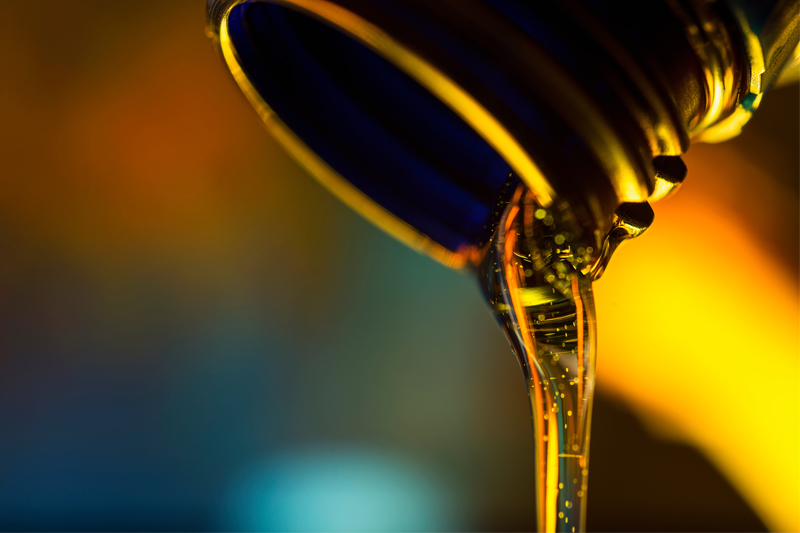
MS Motorservice provides readers with an in-depth guide to piston seizures and the role lubrications plays.
Piston skirt seizure on one side only without matching wear marks on the counter-side (Fig.5)
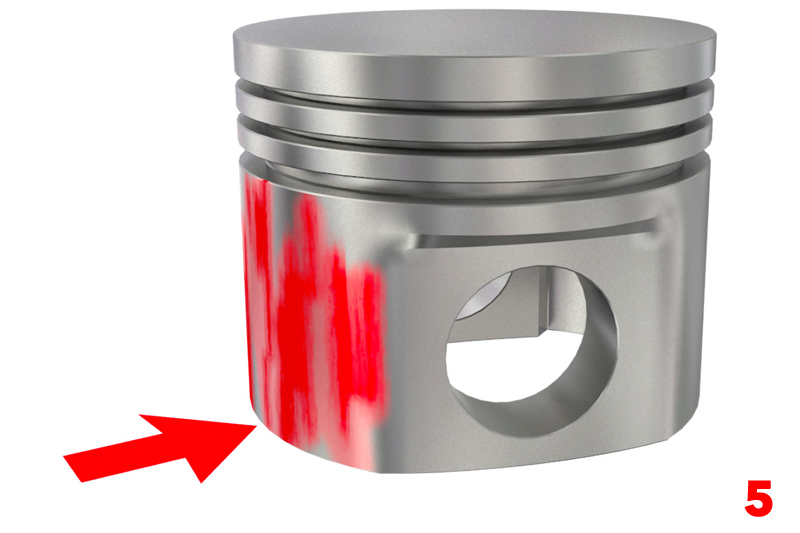
- Severe, darkly discoloured seizure areas with a heavily worn surface on the pressure side of the piston.
- Opposite side of the piston skirt free of damage.
- Piston ring zone usually undamaged in the early stages.
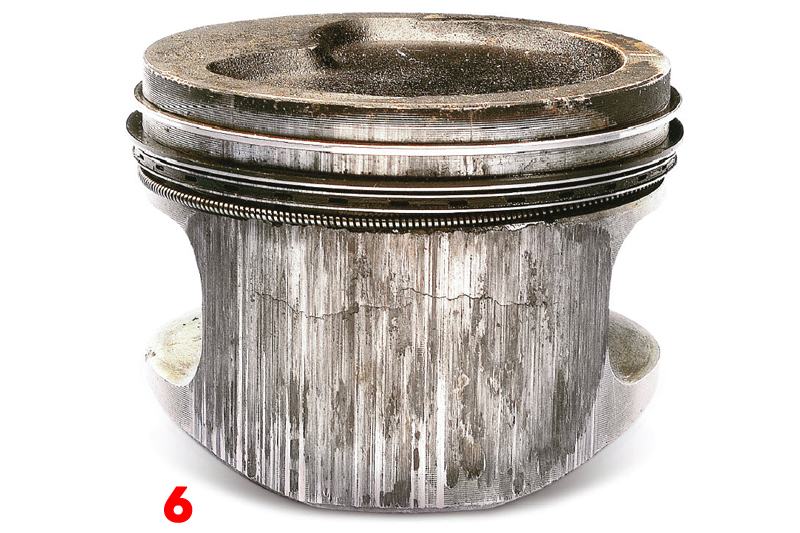
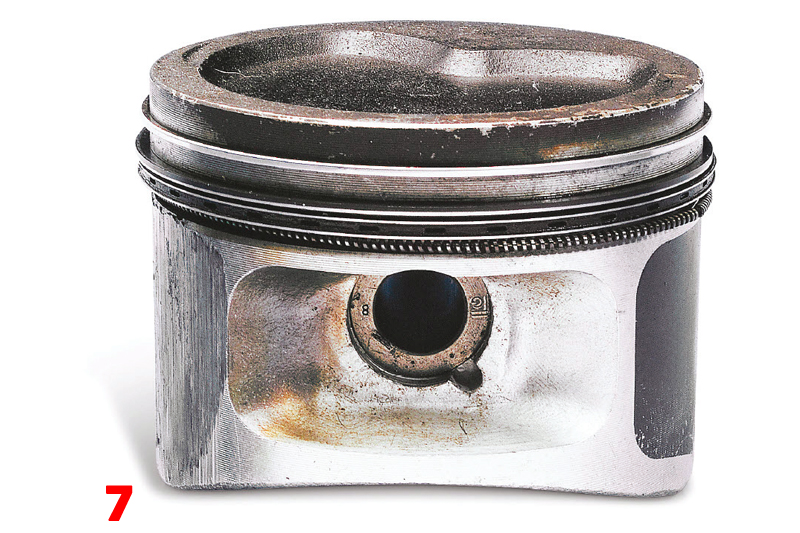
Damage assessment (Fig.6&7)
This is a typical example of seizure due to lack of lubrication. It usually occurs on the pressure side and is less common on the anti-thrust side. This damage is caused when the lubricating film breaks down on only one half of the cylinder. It is caused either by a lack of lubrication within a locally confined area or by the affected side of the cylinder overheating. Lack of clearance can be excluded as the potential cause here as, despite the severity of the seizure marks, there are no wear marks on the opposing counter-side.
Possible causes for the damage
- Partial collapse of the cooling mechanism due to lack of coolant, air bubbles, dirt deposits or other malfunctions in the cooling circuit.
- On ribbed cylinders, dirt deposits on the outside can lead to localised overheating and, consequently, a breakdown of the oil film.
- On air-cooled engines: defective, missing or incorrectly installed air baffles.
- Failure of the oil injection jet for cooling the piston.
- insufficient oil pressure: insufficient lubrication on the cylinder pressure side for connecting rods with oil injection jets.
- Insufficient lubrication on the cylinder pressure side (which is subjected to greater loads) as a result of oil dilution or oil grades that are not suited to the intended purpose.

Dry running damage due to lack of lubrication caused by fuel flooding (Fig.8)
- Narrow, sharply defined longitudinal friction marks on the piston skirt instead of the normal piston wear pattern.
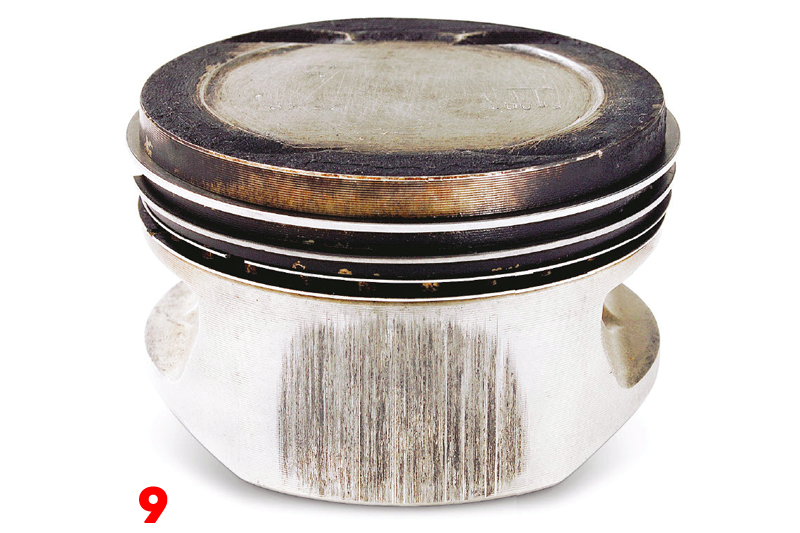
Damage assessment (Fig.9)
Unburned fuel has condensed at the cylinder running surface and diluted or washed off the load-bearing oil film. As a result, the interacting sliding parts (piston and cylinder bore) run dry against each other, which results in long, narrow friction marks. The piston ring zone usually remains undamaged.
Note: In the case of damage caused by unburned fuel, the damage occurs at the load-bearing areas on the piston skirt. These are the points at which the normal wear pattern would have formed on an undamaged piston.
Possible causes for the damage
- Over-rich engine operation and abnormal combustion caused by faults in the mixture preparation or in the ignition system.
- Insufficient compression and, as a result, incomplete combustion.
- Coldstart device defective or operated for too long (carburettor engines).
- Oil dilution caused by frequent short-distance driving or an overly rich mixture.
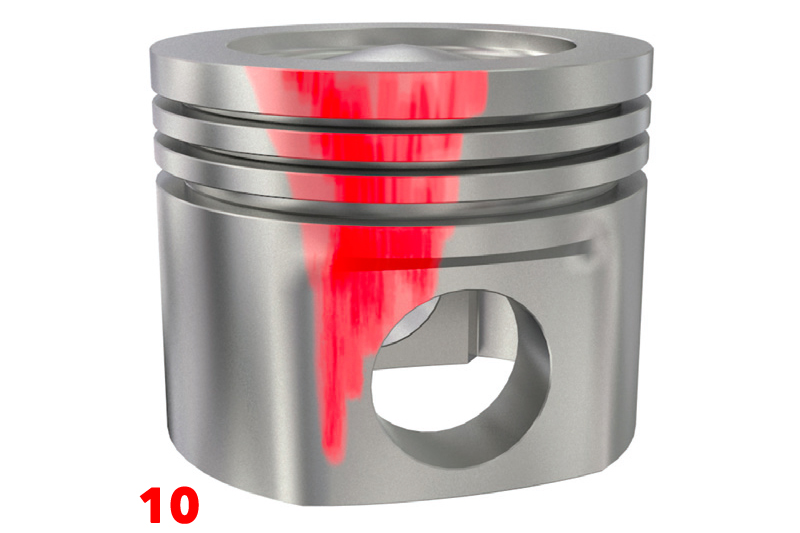
Piston head seizure on a diesel piston (Fig.10)
- Localised seizures that mainly occur on the piston top land.
- Surface of the seizure areas is rough and worn, in some cases larger pieces of material have been torn out.
Damage assessment
Due to a fault on the injection nozzle, non-atomised fuel was able to reach the cylinder wall, where it weakened the oil film to the point where the piston was running dry without any lubrication at all. As a result, the piston top land seized so severely that it was temporarily welded to the cylinder wall. This caused chunks to be torn from the piston head.
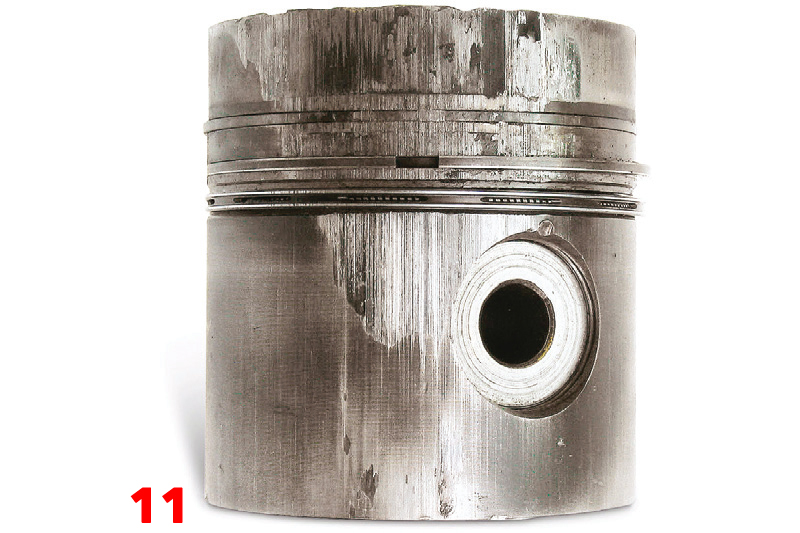
Possible causes for the damage (Fig.11)
- Injection nozzles that are leaking, dripping after injection, clogged or the wrong type.
- Blocked injector nozzle needle due to bent injection nozzle body (incorrect tightening torque).
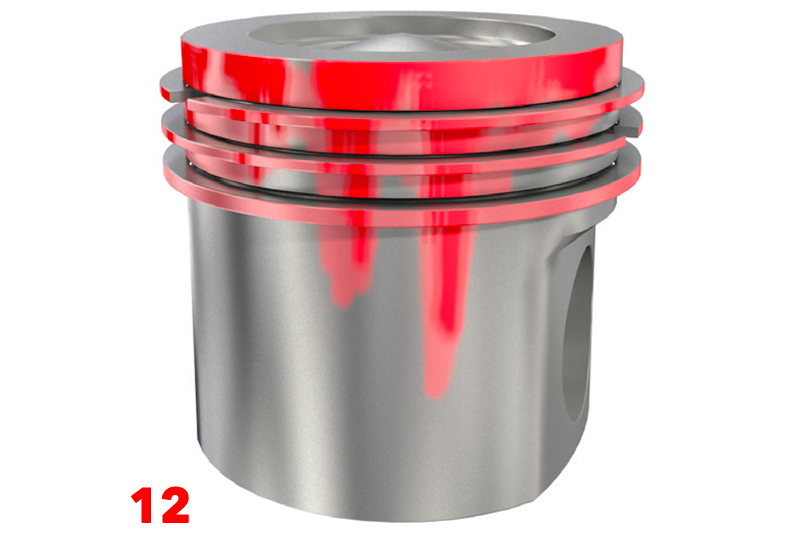
- Incorrect injection timing (start of delivery). Seizure due to lack of lubrication caused by scuffed piston rings (Fig.12)

- Score marks and burned spots on the piston ring sliding surfaces (Fig.13).
- Longitudinal scratches on the cylinder bores.
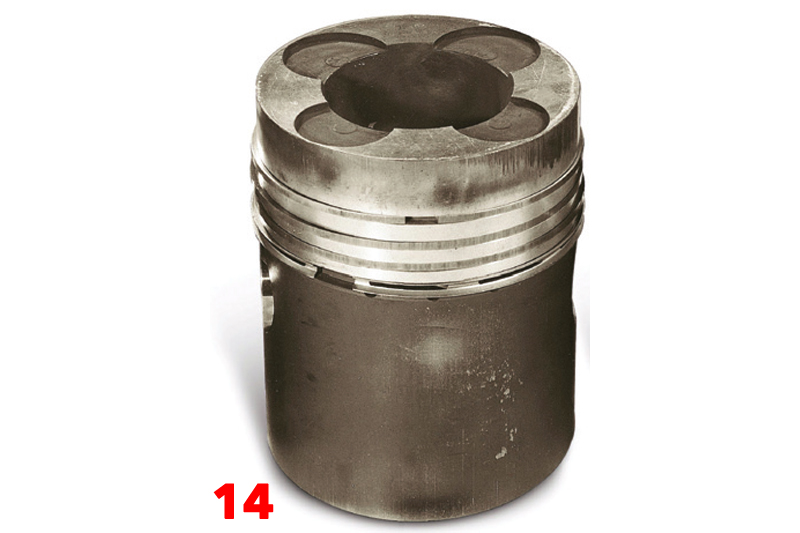
- In the early stages: initial rubbing marks can be seen on the piston top land (Fig.14).
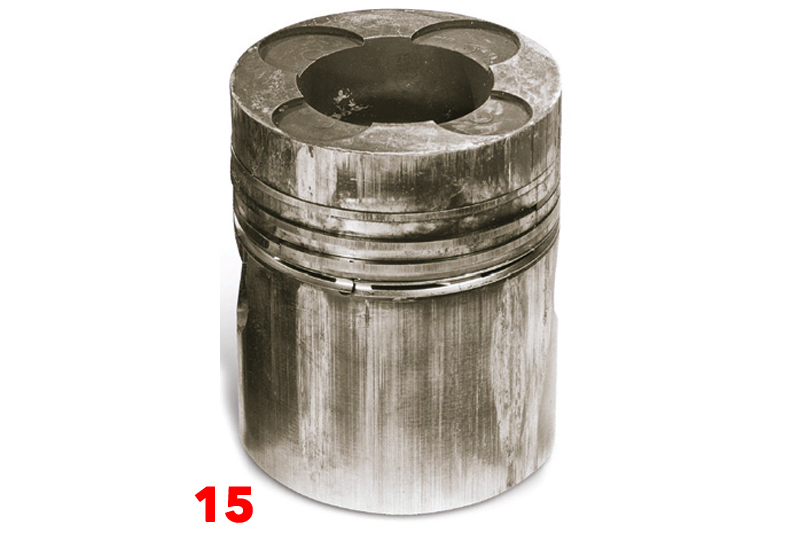
- In a more advanced stage: the damaged areas have spread over the entire piston (Fig.15).
Damage assessment
This type of damage primarily occurs during the running-in phase under heavy loads, when the piston rings are not yet run in and hence do not yet provide a full seal (mostly on diesel pistons). The combustion gases streaming past the piston rings heat up the rings and the cylinder wall excessively and cause the oil film to break down.
However, abnormal combustion and increased temperatures or insufficient cooling of the piston and cylinder wall can also affect or even destroy the lubricating film. Initially this causes the piston rings to run dry without lubrication, causing burn spots. The piston also has to slide over the non-lubricated parts of the cylinder, which causes initial rubbing marks on the piston top land and subsequently leads to seizures on the entire piston skirt (Fig.15).
Possible causes for the damage
- Excessive engine loads during the running-in phase.
- The structure of the honed cylinder surface was not perfect for good adhesion of the engine oil (squashing of the graphite veins, peak folding formation, insufficient roughness and/or incorrect honing angle).
- Unsuitable lubricating oil (incorrect grade and viscosity).
- The temperature on the cylinder running surfaces was too high (malfunctions in the cooling system or deposits in the surrounding cooling ducts).
- Abnormal combustion and the resulting increased temperatures during combustion (lean mixture, glow ignition, injection nozzles leaking or dripping after injection).
- Insufficient oil supply to the cylinder running surfaces due to insufficient quantities of splash oil and centrifugal oil from the connecting rod bearings and crankshaft bearings.









